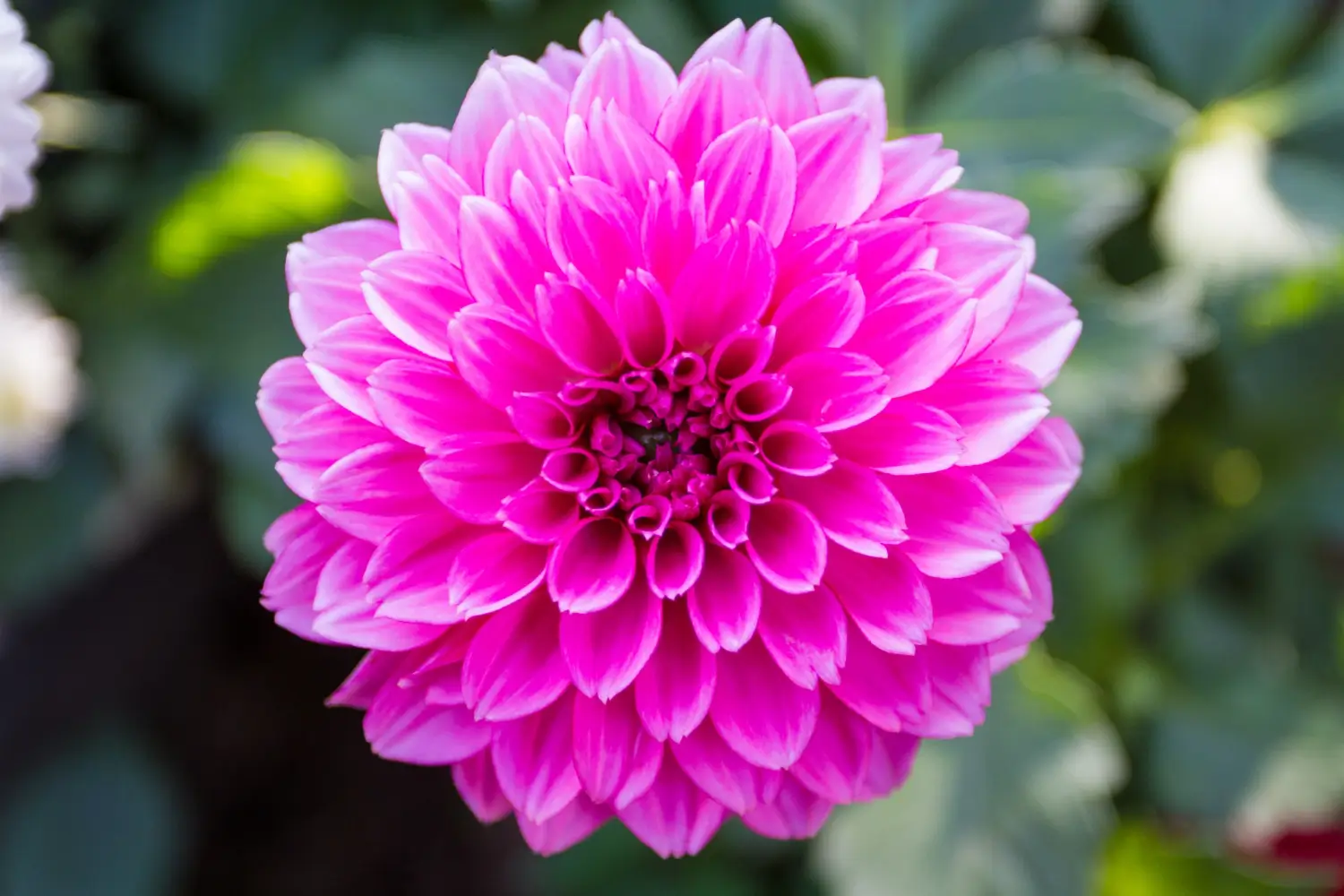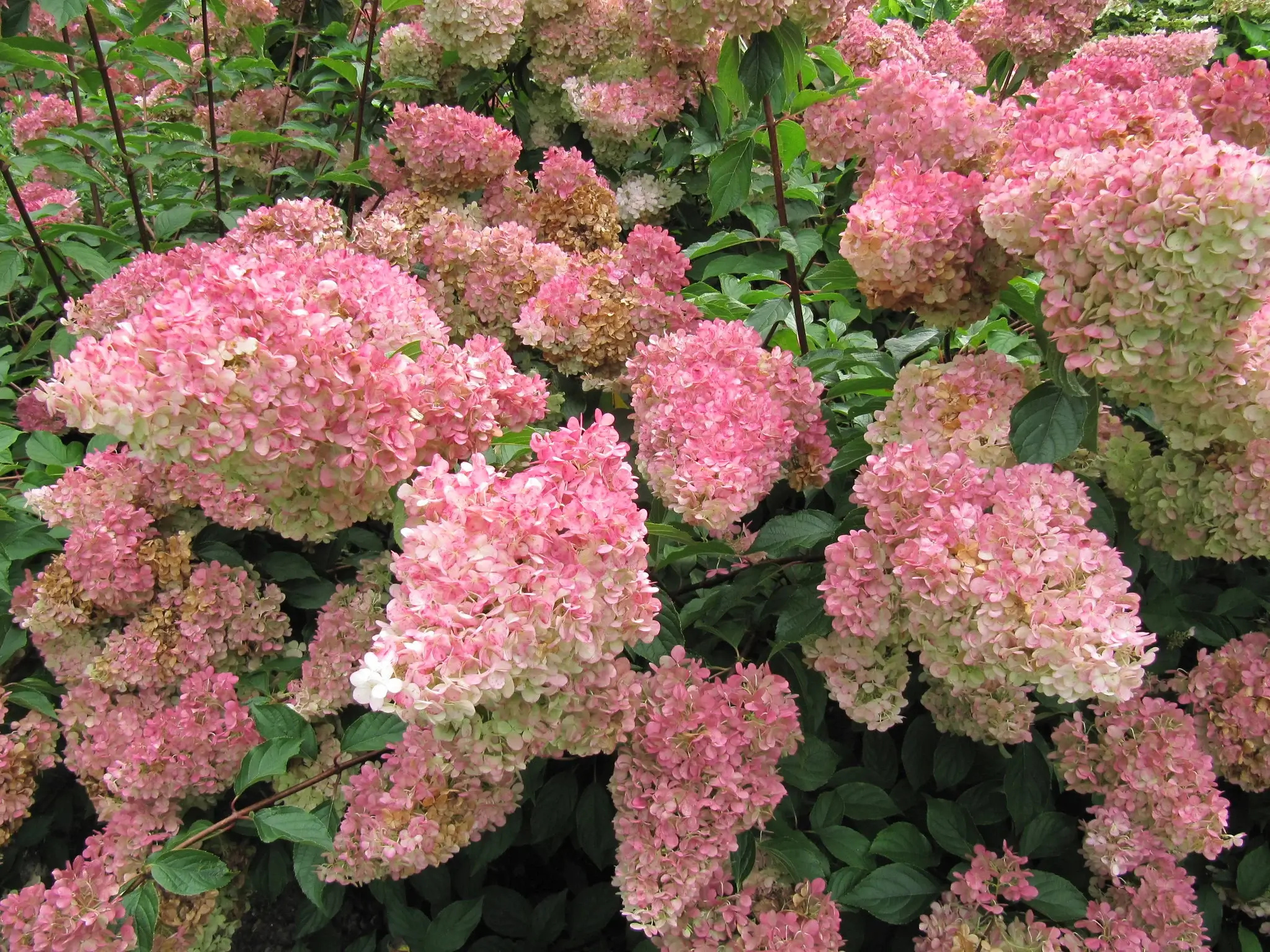
Soil Health & Fertilization
We unite suppliers and green industry professionals worldwide
The Hardy Mum (Chrysanthemum) is the king of fall gardening for a good reason. This plant is a favorite among gardeners for its ability to flower through the cool months, providing vibrant bits of color in gardens just as the season is beginning to slow d
By Victor Miller
|Published on June 16, 2025


The Hardy Mum (Chrysanthemum) is the king of fall gardening for a good reason. This plant is a favorite among gardeners for its ability to flower through the cool months, providing vibrant bits of color in gardens just as the season is beginning to slow down. But whether you want yellows like sunshine, reds like fire, purples like the twilight, Hardy Mums bloom in such colorful hues and are therefore, an easy option to include in fall garden displays.
The Hardy Mum is not only about beauty—this hardy plant can handle the chilly nights and pairs well with other fall perennials. And, with the right care, it will come back year after year, flooding your garden with warm colors that will last into October. Whether used as a border, in containers, or as part of a larger garden design, the Hardy Mum will shine during the later months of the growing season.
| Common Names | Hardy Mum, Garden Mum, Fall Mum |
| Botanical Name | Chrysanthemum |
| Mature Size | 18 to 36 inches tall, 18 to 24 inches wide |
| Light Needs | Full sun |
| Soil | Light, slightly acid, well-drained soil |
| Watering Needs | Frequent watering, likes damp but well-drained soil |
| Hardiness Zones | 5-9 |
| Bloom Time | Autumn (September-November) |
| Flower Color | Yellow-red-orange-pink-purple-white |
| Growth Rate | Moderate growth rate |

September 25, 2025
9 minute read
September 24, 2025
9 minute read
September 23, 2025
10 minute read
September 22, 2025
9 minute read


Join as a seller and connect with thousands of B2B buyers nationwide!
Sign Up

Daffodil
Daffodils are undemanding, pest - deer and rodent - resistant and good in a wide variety of garden sites, making them an essential for gardeners in all climates

Dahlia
What’s not to love about a flower that delivers drama, color and resilience? Dahlias are really the perfect choice.

Zigzag Plant
Also known as Fishbone Cactus or Epiphyllum anguliger, the Zigzag Plant earns its extraordinary name from its dramatic, serrated leaves that grow in a zigzag—or fishbone—pattern.

Zinfin Doll Hydrangea
The Zinfin Doll Hydrangea (Hydrangea paniculata 'Zinfin Doll') is a panicle-type hydrangea that has large, cone-shaped flowers which emerge pure white, then turn a shade of blush pink by mid-summer, and deepen to rich rose-pink as the season progresses.
Hardy Mums are fairly easy to maintain which makes this flowering plant suitable for both beginners and experienced gardeners. Like any plant, they do best when you pay regular attention to their basic needs — sunlight, soil and water. With proper care, these perennials will return with colorful flowers that will brighten your garden well into the fall season.
To keep your Hardy Mums healthy and growing strong, plant them in well-draining soil and make sure they get plenty of sunlight. Watering them regularly, particularly during hot or dry periods, will help them set down strong roots. A few seasonal chores — pinching, pruning and mulching — will help them encouraging bushy growth and a lengthy blooming season. With a bit of extra effort, your mums will return to your garden stronger every year, becoming a reliable, colorful focal point in your autumn garden.
Hardy Mums flourish best when they receive full sun or at least 6 hours of sunlight per day. They are also tolerant of some partial shade, but in order for the plant to thrive and produce vibrant blooms, they must receive full sun. Accessibility to sunlight also aids in preventing disease and rot by helping the foliage dry after rainfall.
Hardy Mums do best when planted in well-draining, loamy soil with a slightly acidic to neutral pH (approximately 6.0-7.0).
It’s important to add compost to the soil to help with drainage and fertility. Opposite to this, Hardy Mums do not grow in heavy, clay-like soil that retain too much moisture. Well draining soil is essential to prevent root rot and maintain a healthy plant.
If you are growing Hardy Mums — first and foremost, keep them watered, particularly during the summer when it is hot and dry. Water regularly so the soil stays evenly moist, but not wet. Water deeply, so that the soil absorbs moisture down to the root level. Refrain from overhead watering to prevent fungal diseases such as powdery mildew. In the fall blooming period, water frequently to keep the plant hydrated while preparing for blooming.
Pruning is one of the key routines for getting the best out of your Hardy Mums, so they have a compact bushy form and you have lots of flowers!
To encourage a fuller, bushier plant and full blooming, pinch back the stems in early spring, before new growth emerges. Pinching encourages side shoots, making the plant fuller. When the plant is approximately 6-8 inches tall, pinch off the top few inches to encourage branching.
You can also deadhead, or remove spent blooms in late summer to encourage more blooming and to keep the plant looking tidy. If your Hardy Mum gets too leggy or tall, you can cut it back after it has finished blooming to maintain its shape.
Hardy Mums are easily propagated by division or cuttings.
Hardy Mums do well in containers, which you can use on porches, balconies or even a small patio.
Hardy Mums are cold resistant, and can withstand winter temperatures in USDA zones 5-9. But they need some protection in cooler weather. After the first frost in the fall, cut the plant back to a few inches above the ground. Add mulch or straw around the base of the plant to insulate roots and make it less likely to translate below freezing.
In regions where temperatures drop below zone 5, it’s wise to bring potted mums indoors, or pile on extra mulch around the base to shield the roots. If you’ve planted Hardy Mums in the ground, they should be able to return robustly the next spring after a period of winter dormancy.
Hardy Mums flower during the fall season with blooms appearing in autumn months from September through November. These flowers bloom in all kinds of colors, such as deep reds, oranges, pinks, and purples. Hardy Mums are living their best life in cooler weather where the loosening of the temperatures makes their blooms more colorful longer.
For best blooms, plant in full sun and water well. The plant will require some special care when it gets to blooming time, just to keep the flowers full of life. Deadhead regularly to encourage continued blooming, and consider applying a balanced fertilizer to boost the plant’s energy for a spectacular fall display.
Hardy Mums are fairly pest- and disease-resistant but can experience a few issues.
Hardy Mums are the quintessential fall flower for your garden as the rest of the landscape goes dormant. With their low maintenance, colorful flowers and cold-hardy disposition these mums will reward you with stunning blooms year after year, transforming any garden or landscape into a vibrant fall showcase.
Hardy Mums tolerate some partial shade, but prefer full sun for best performance. They do best with a source of direct sun for 6+ hours per day, and will reward you with lots of lush foliage and blooms!
Yes, Hardy Mums are a type of perennial plant, so they'll return year after year. With the right care and winter protection, they will flower again the next fall.

Soil Health & Fertilization
Victor Miller

Pest Identification & Prevention
Victor Miller

Lawn Care Tips & Maintenance
Victor Miller

Soil Health & Fertilization
Victor Miller

Smart Irrigation Systems
Victor Miller

Patios, Walkways & Driveways
Victor Miller

Soil Health & Fertilization
Victor Miller

Pest Identification & Prevention
Victor Miller
My Account
Our team is always here to help.
We are open Monday - Friday, 9:00 AM to 4:30 PM PST.